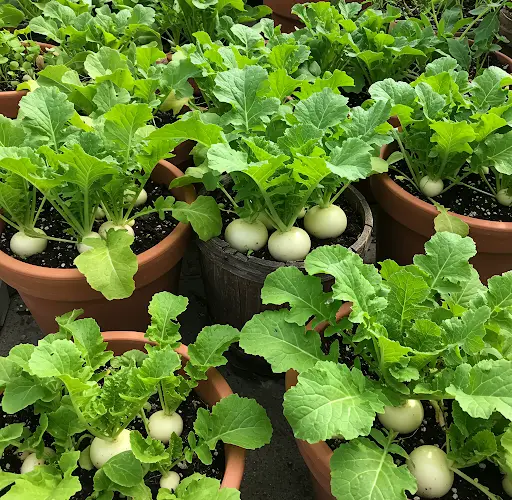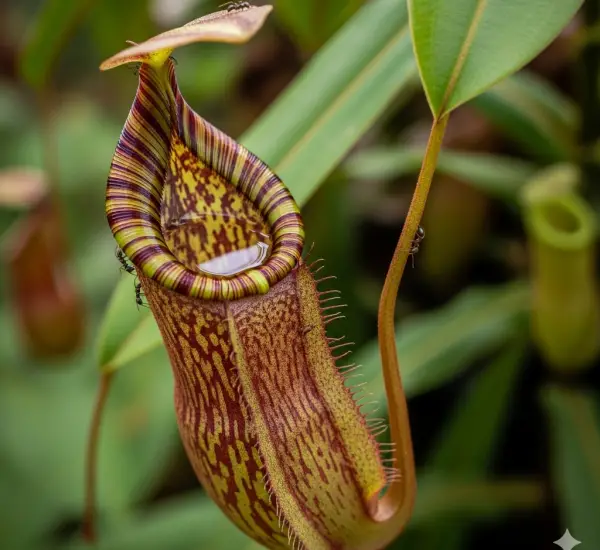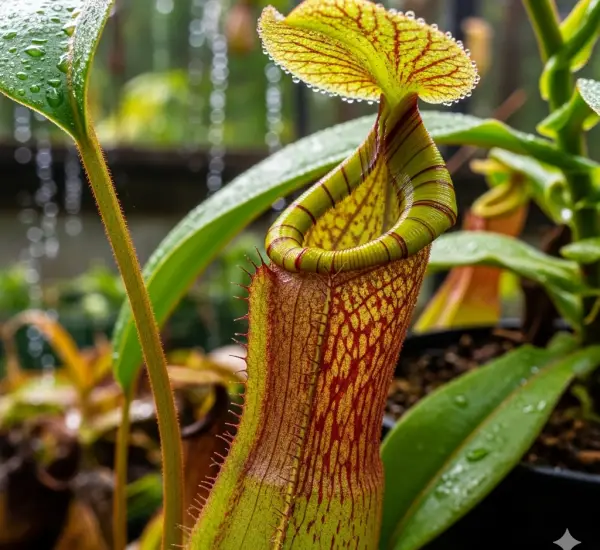Turnips are an underrated yet versatile crop that can be easily grown in containers, making them perfect for urban gardeners and those with limited space. Among the many varieties, Japanese Hakurei salad turnips stand out for their tender, crisp texture and mild, sweet flavor. Unlike traditional turnips, Hakurei turnips can be enjoyed raw or lightly cooked, and their leafy tops are also edible and nutritious.
Growing turnips from seed in containers is simple and rewarding, and this guide will take you through each step for a successful harvest.
Why Grow Hakurei Salad Turnips?
Hakurei turnips are a variety of white salad turnips originally developed in Japan. They mature quickly—often in just 30 to 40 days—and produce smooth, round roots that are crisp and slightly sweet. The tops (greens) are also tender and can be stir-fried, steamed, or added to soups.
Because of their compact size and fast growth cycle, Hakurei turnips are ideal for container gardening.
Choosing the Right Container
Turnips grow best in deep, loose soil, so choose containers that are:
-
At least 8–12 inches deep
-
Wide enough to space multiple plants 3 to 4 inches apart
-
Equipped with good drainage holes
Rectangular planters or grow bags work particularly well for maximizing space. One 18-inch-wide container can accommodate about 6 turnips comfortably.
Soil Preparation
Turnips prefer rich, well-draining soil with plenty of organic matter. A high-quality potting mix amended with compost or aged manure is ideal. The soil should be loose enough to allow root expansion but still able to retain some moisture.
Aim for a slightly acidic to neutral pH—between 6.0 and 7.0. Avoid compacted or clay-heavy soils, as they can hinder root development and cause misshapen turnips.
Sowing Seeds
Here’s how to plant Hakurei turnip seeds:
-
Fill the container with your prepared soil mix, leaving about an inch of space at the top.
-
Sow seeds directly into the soil about 1/2 inch deep.
-
Space seeds about 1 to 2 inches apart in rows or a grid layout.
-
Gently firm the soil over the seeds and water thoroughly.
Turnip seeds germinate quickly—typically in 3 to 7 days. Keep the soil evenly moist during this period, but avoid waterlogging.
Thinning Seedlings
Once seedlings have grown their first set of true leaves (about 2 inches tall), thin them to 3–4 inches apart. This allows each plant enough space to develop a full, round root.
Use the thinned-out seedlings in salads or as microgreens—they’re tender and flavorful.
Watering and Light
Turnips need consistent moisture to develop tender roots. Water regularly to keep the soil moist, especially during dry or hot weather. Avoid allowing the soil to dry out completely or become soggy.
Provide full sun for best growth—at least 6 hours of sunlight daily. In hotter regions, some light afternoon shade can help prevent stress and bolting.
Fertilizing
If you’ve enriched your soil with compost, Hakurei turnips usually don’t need heavy feeding. However, for a boost:
-
Apply a balanced, slow-release organic fertilizer at planting time.
-
Alternatively, feed with a diluted liquid fertilizer every two weeks during active growth.
Avoid high-nitrogen fertilizers, as these can result in lush greens but underdeveloped roots.
Pests and Diseases
Turnips are generally low-maintenance, but you should watch for:
-
Aphids: Spray with water or insecticidal soap.
-
Flea beetles: Use row covers or neem oil early in the season.
-
Slugs/snails: Hand-pick or use organic slug traps.
-
Downy mildew: Ensure good airflow and avoid overhead watering.
Proper spacing, clean tools, and healthy soil can reduce most pest and disease problems.
Harvesting Hakurei Turnips
Hakurei turnips mature quickly and are best harvested when roots are about 2–3 inches in diameter—typically around 30 to 40 days after sowing.
To harvest:
-
Gently grasp the greens and pull the root from the soil.
-
For tender greens, harvest the leaves before they become tough or overly large.
If left in the soil too long, the roots may become pithy or bitter, so harvest promptly when they reach eating size.
Tips for Success
-
Succession plant every 2 to 3 weeks for a continuous supply.
-
In warm climates, grow during cooler seasons (spring and fall).
-
Use row covers in early stages to protect young seedlings from pests.
-
Store harvested turnips in the refrigerator for up to a week; remove greens to preserve root freshness.
Final Thoughts
Growing Japanese Hakurei salad turnips in containers is not only easy but also incredibly satisfying. With minimal space and care, you can enjoy crisp, flavorful turnips and tender greens right from your patio, balcony, or windowsill. Whether eaten raw, roasted, or sautéed, Hakurei turnips bring a fresh, gourmet touch to your meals—and the joy of homegrown success.




